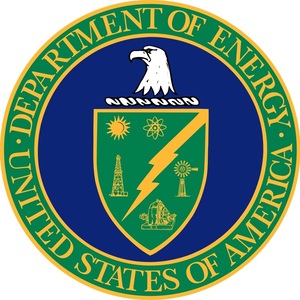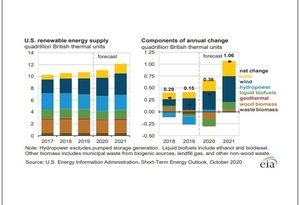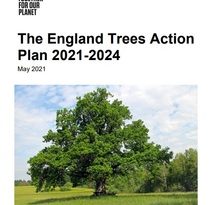DOE releases draft clean hydrogen production standard
Energy Disrupter
ADVERTISEMENT
The U.S. Department of Energy is opening a public comment period on its Clean Hydrogen Production Standard draft guidance. Ethanol and biomass are among the sources of hydrogen production addressed in the draft guidance document.
Development of the draft guidance is required by the Infrastructure Investment Act. That legislation, also known as the Bipartisan Infrastructure Law, was signed by President Joe Biden in November 2021. The law, in part, directs the DOE to develop an initial standard for the carbon intensity of clean hydrogen production. The standard is to support clean hydrogen production from a variety of sources, including fossil fuels with carbon capture utilization and sequestration; hydrogen carrier fuels, including ethanol and methanol; renewable energy resources, including biomass, nuclear energy; and any other methods the agency determines to be appropriate.
The BIL defines the term “clean hydrogen” to mean hydrogen produced with a carbon intensity equal to or less than 2 kilograms of carbon dioxide equivalent produced at the site of production per kilogram of hydrogen produced. The law also requires the DOE to take into consideration technological and economic feasibility when developing the draft guidance.
The draft guidance issued by DOE contains the initial proposal for the CHPS. The DOE is set to publish a notice of availability of draft guidance in the Federal Register on Sept. 28. A prepublication version of the draft guidance indicates public comments will be accepted through Oct. 20.
According to the DOE, the lifecycle target proposed in the draft guidance aligns with Section 13204 of the recently signed Inflation Reduction Act, which creates a new 10-year production tax credit for qualified clean hydrogen. To qualify for a credit under the IRA, hydrogen must be produced “through a process that results in a lifecycle greenhouse gas emissions rate of not greater than 4 kilograms of CO2e per kilogram of hydrogen,” according to the DOE’s draft guidance. The proposed CHPS established under the BIL uses the same lifecycle analysis system boundary as the IRA and targets the emissions rate where operators can begin to qualify for credits, according to the DOE, which creates alignment between the two statutory targets.
In the draft guidance, the DOE proposes that the CHPS establish an initial target for lifecycle greenhouse gas (GHG) emissions of 4 kilograms of carbon dioxide equivalent per kilogram of hydrogen (kgCO2e/kgH2). The agency said this initial target is being proposed to encourage low-carbon hydrogen production from diverse feedstocks and using state-of-the art technologies that are expected to be deployable at scale today.
According to the DOE, certain biomass-based systems, such as gasification or reforming of renewable natural gas (RNG), are among the technologies generally expected to be capable of achieving 4 kgCO2e/kgH2 on a lifecycle basis using technologies that are commercially deployable today. The draft guidance also indicates that biomass gasification or RNG reforming are also among the technologies that could achieve emissions lower than the 4 kgCO2e/kgH2 target through optimized design choices, such as the use of greater shares of clean electricity and low-carbon forms of biomass.
In the draft guidance, the DOE notes that the proposed target of 4 kgCO2e/kgH2 may be subject to revision based on stakeholder feedback. Feedback gathered through the public comment will be considered as the agency finalizes guidance establishing the CHPS. The DOE also said that the CHPS may be subject to revision with five years, as required by the BIL. Data from demonstration and deployment projects will inform future revisions, according to the agency.
A prepublication version of the draft guidance is available on the Federal Register website, while the draft guidance document can be downloaded from the DOE website.
















